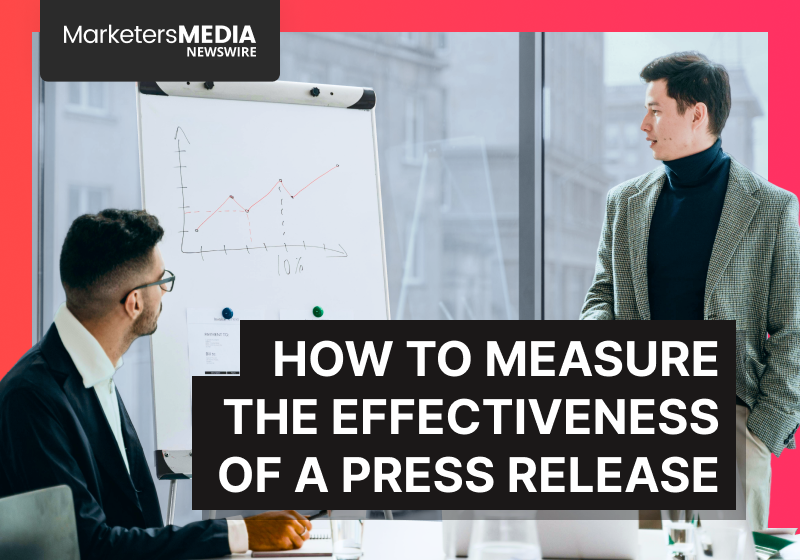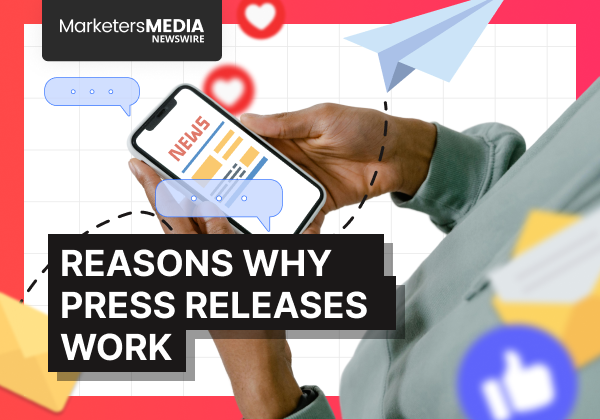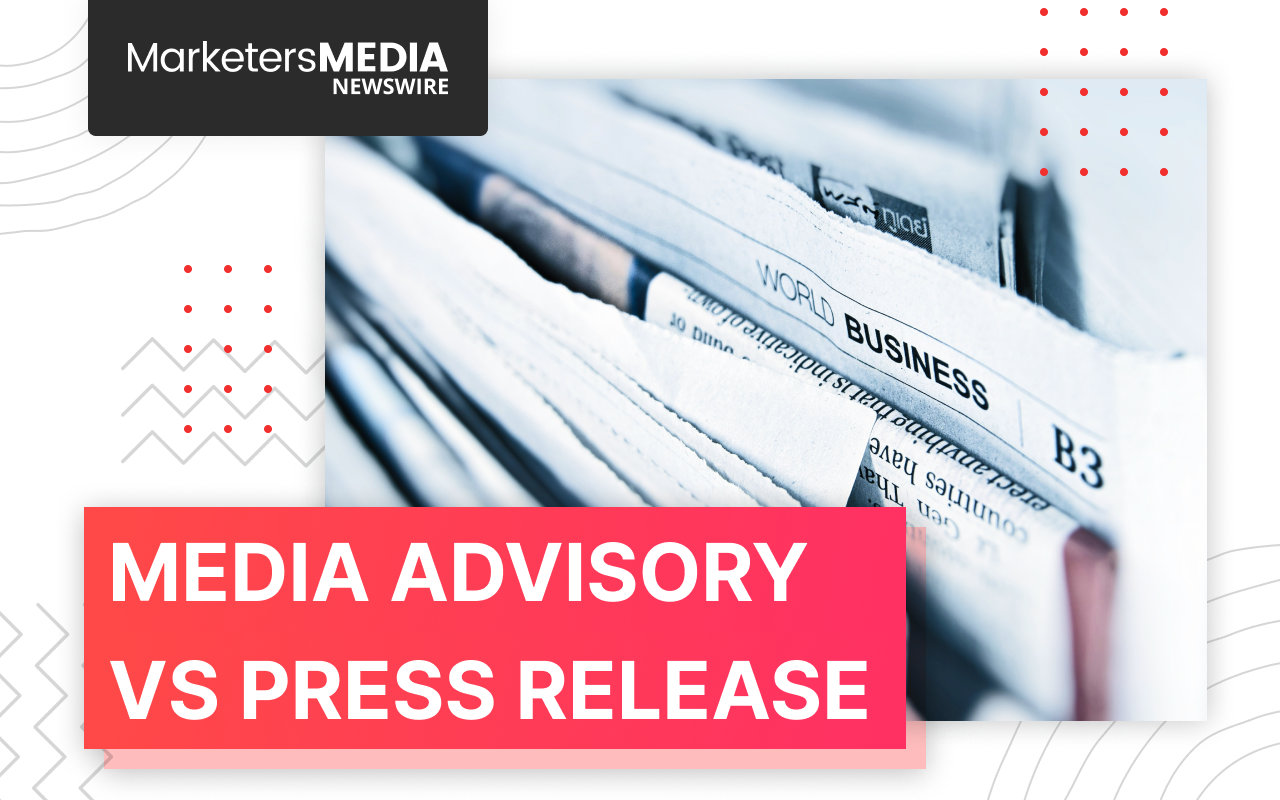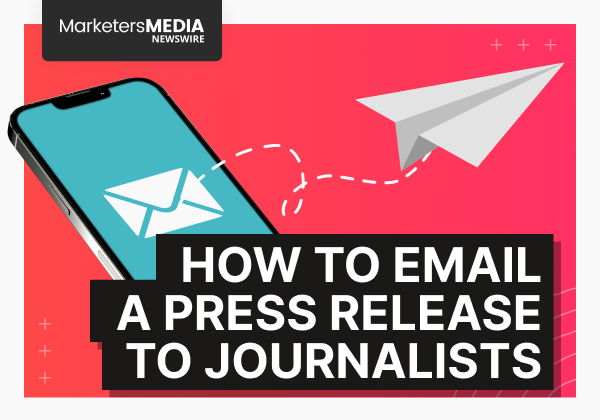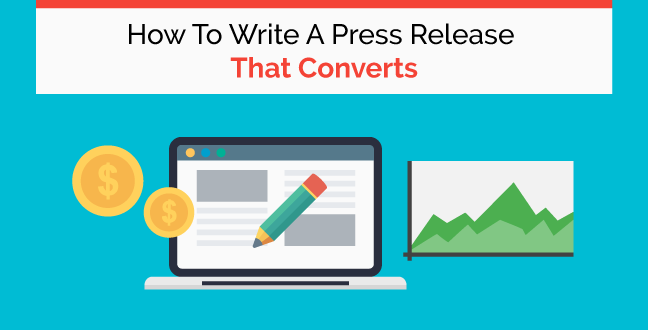There’s a difference between sending out a press release and knowing if it actually did anything.
It might have been picked up. It might have been seen. But did it lead to the outcome you wanted?
By measuring the impact of a press release, PR pros can obtain an accurate picture of whether or not it achieved its goals.
It’s the only way to know if your message landed, if your audience engaged, and if it moved the needle on traffic, leads, or brand visibility.
In this post, we’ll walk through how to actually measure what matters when it comes to your press releases—so you can spot what’s working, fix what’s not, and maybe even convince your boss it was worth the budget.
Set Clear Goals Before Sending
Measuring a press release begins with setting clear objectives.
Are you trying to increase website traffic? Announce a partnership to gain media coverage? Drive interest in a product launch?
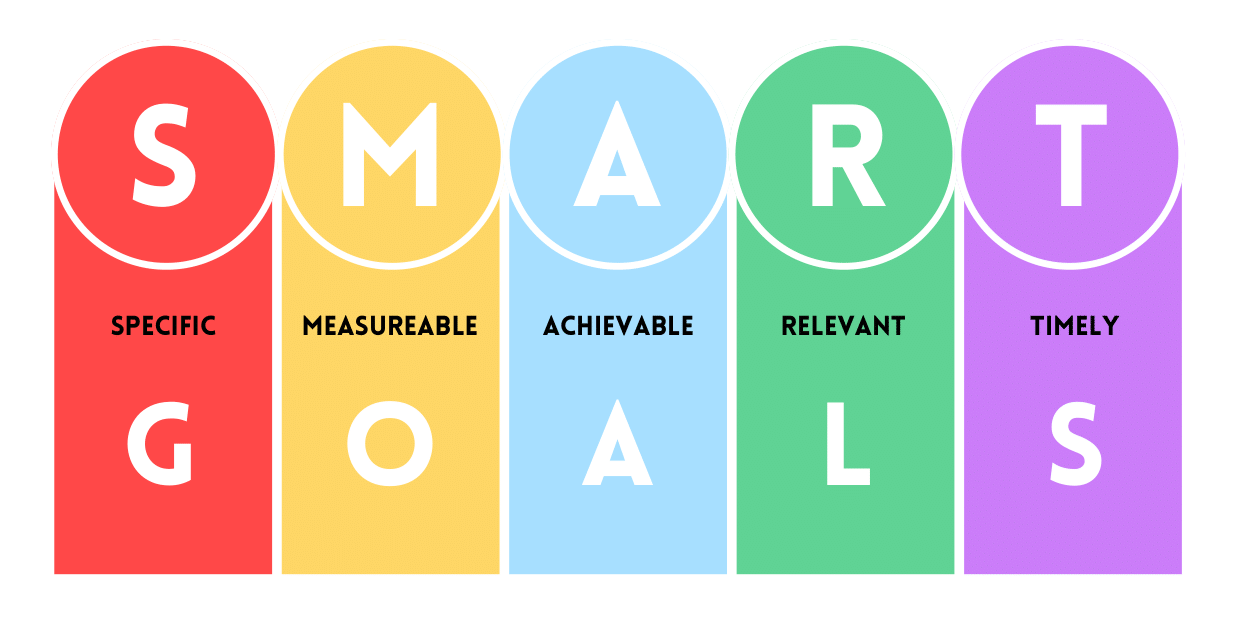
This is where SMART goals help:
- Specific: Be clear about the outcome you want.
- Measurable: Choose a metric you can actually track.
- Achievable: Ground it in reality—use past data if you have it.
- Relevant: Make sure it ties into a bigger campaign or business goal.
- Time-bound: Set a deadline so you’re not measuring indefinitely.
Here’s what a SMART goal might look like in a press release campaign:
- Specific: Distribute a press release announcing our company’s expansion into Singapore, with a link to our regional contact page.
- Measurable: Aim to drive 300 visits to the contact page from media coverage and referral traffic.
- Achievable: Based on past press releases, 200–400 visits is typical, so 300 is within range.
- Relevant: This supports our business development goal of attracting new partners in Southeast Asia.
- Time-bound: Measure performance over a 10-day period following publication.
Setting goals like this doesn’t just make reporting easier—it gives you something real to aim for. And once your release goes out, you'll know exactly what success looks like.
Measuring the Right Metrics
Once your release goes live, it’s time to measure how it actually performed.
Some results can be seen right in your distribution report—like which outlets picked it up. Others require digging into analytics tools to understand visibility, engagement, or sentiment.
Here's how to break it down.
1) Media Coverage
One of the most immediate things you can track after publishing a press release is media coverage.
Most distribution platforms, including MarketersMEDIA Newswire, provide a detailed report showing where your release appeared and which outlets picked it up.
This gives you a clear record of:
- Which websites published your release
- The type of publications (industry-specific, mainstream, local, etc.)
- The volume of pickups
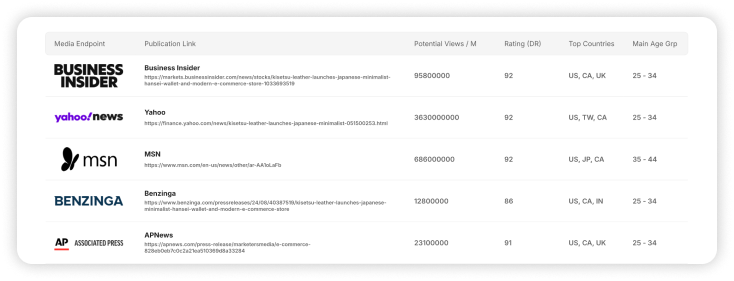
But the raw numbers only tell part of the story. Ask yourself:
- Are these outlets relevant to your target audience or market?
- Do they have a real readership?
- Did they feature your announcement in a meaningful way, or simply republish it?
One strong mention in a trusted, high-traffic publication can do more for your reputation and reach than dozens of minor ones.
Reviewing this part of your report helps you understand how your release landed in the media—and whether it reached the types of outlets your audience actually trusts.
2) Visibility and Reach
Once you’ve reviewed your media coverage, the next step is to assess how far your release may have traveled—and through which channels.
This is where visibility metrics come in.
While your distribution report may estimate potential reach based on the audiences of the media outlets, you’ll likely need to rely on additional tools to get more detailed insights.
Here’s what to track:
- Impressions: This is the estimated number of times your press release appeared on websites, news feeds, or partner channels. Keep in mind: these numbers are estimates—they don’t track actual reads or clicks.
- Reach: Reach is a rough calculation of how many unique viewers might have seen your release. It’s useful for understanding possible exposure, but it’s still not a substitute for engagement.
- Email open rates: If you sent your press release via direct email, open rates help you gauge subject line performance and audience targeting.
- Channel-specific performance: If you’re sharing your release across multiple platforms—like newswire, social media, or email—compare how it performed across those different channels. Some may bring more exposure, while others bring better engagement.
Visibility alone doesn’t tell you much about impact, but it helps you confirm your release was delivered and seen. From here, you can dig into how people engaged with it—and what came next.
3) Engagement Metrics
After you’ve seen where your release landed, it’s time to find out how people interacted with it.
Engagement metrics help you understand how well your content held attention—and whether it encouraged people to take the next step.
What to track:
- Click-through rate (CTR): If you included links in your release, CTR tells you how many people clicked through to your site or landing page.
- Time on page and scroll depth: Did readers stay long enough to read the full release? Scroll data helps show how far they got before leaving.
- Social engagement: Shares, comments, and mentions across platforms give you a sense of how much interest or discussion your news generated.
If your engagement is low, it might be a sign that the topic didn’t land—or that your headline or call to action could use work.
4) Traffic and Conversions
Traffic and conversion data helps you see how your press release contributed to business goals.
You’ll need tools like Google Analytics or your CRM to track:
- Referral traffic: Where your visitors came from (news outlets, social media, etc.)
- Bounce rate: Whether visitors stuck around or left immediately.
- Conversion rate: The percentage of visitors who took a desired action—like signing up, filling out a form, or making a purchase.
- Promo codes or tracked links: These help you directly tie results (like purchases or registrations) back to your press release.

This is often the clearest proof of whether your press release actually drove results, not just visibility.
5) Sentiment
Not everything can be measured in clicks. Sometimes, the reaction around your release is just as valuable.
Look at:
- Tone of mentions: Are people responding positively, critically, or just passing it along?
- Common themes: Are there questions, praise, confusion, or repeat concerns?
- Follow-up interest: Interview requests or DMs for more info are solid indicators that your news landed well.
A few strong reactions can be more meaningful than a hundred neutral views—especially if they come from people in your target audience.
Finally, circle back to your original goal. Did the release achieve what you set out to do?
If not, or even if it did, the next step is interpreting what the data actually tells you—so you can use those insights to improve your next release.
Interpret and Improve
Compare Results to Your Goal
Once you've collected the numbers, go back to the goal you set at the beginning.
Was the outcome aligned with what you wanted to achieve?
If your target was 300 visits to a landing page and you got 190, that's still useful—now you know what’s realistic or where the drop-off happened. If your aim was media coverage in specific outlets but it landed elsewhere, that might inform how you pitch next time.
Don’t just ask “did it work?” Ask:
- What worked better than expected?
- What underperformed?
- What would you change if you did it again?
Reviewing your results against your original goal helps you move from guessing to improving with purpose.
Use What You Learn
Every press release gives you new information.
Over time, those insights help you spot patterns—like which headlines get picked up, which media contacts tend to respond, or which channels drive traffic.
Use that data to:
- Refine your media list
- Test new calls to action or formats
- Improve your timing based on when open rates and reads are highest
- Adjust expectations based on historical performance
You don’t need to overhaul your entire strategy every time. Even small changes, made consistently, lead to better results over time.
Final Thoughts
Measuring the effectiveness of a press release isn’t complicated—but it does require you to look beyond surface numbers.
Impressions and pickups tell you where your story went. Engagement, traffic, and conversions show you what it did. And tying it all back to a clear goal is what makes it meaningful.
Each release is an opportunity to learn. Use what the data tells you, adjust your strategy, and keep refining. That’s how good PR turns into better results—consistently.
If you want your next press release to come with built-in reporting that shows exactly where your news appeared, MarketersMEDIA makes it easy to get started.
Publish your release, track real coverage, and build on what works.
Free Press Release Template
Tell us where to send your PDF:
